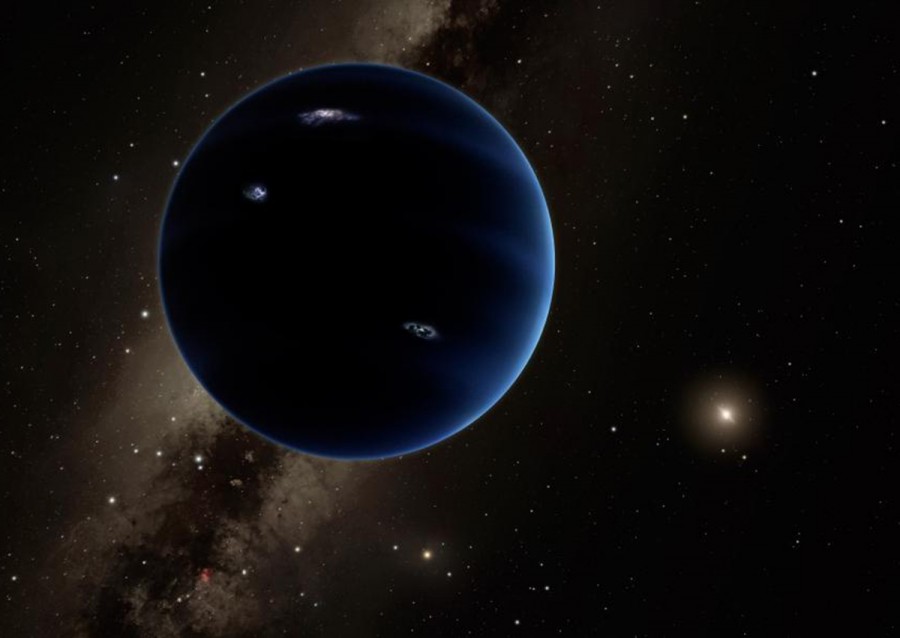Planetary Possibilities: Astronomical Breakthrough
NASA reports a possibly ninth planet could exist in the Kuiper Belt past Neptune.
January 29, 2016
Ever since Pluto’s planetary status was abruptly stripped away, our solar system has held only eight planets. However, now some astronomers are saying that there is likely another planet beyond Neptune.
Evidence for this lies in the Kuiper Belt, the area of the solar system beyond Neptune. The Kuiper Belt consists of comets, asteroids and other small celestial bodies.
Recently, some of these objects have been observed having irregular orbits that would occur randomly only at a .007 percent chance. The best explanation for the odd orbits would be something causing a massive gravitational pull: something like a planet.
NASA’s definition of a planet is a natural object in space with enough mass to give it the gravity to make itself roughly spherical. This disturbance in the Kuiper Belt is almost definitely caused by something with this amount of mass.
This new theoretical planet, currently named Planet Nine, is thought to be roughly 10 times as massive as Earth. Its orbit around the sun is predicted to last between 10,000 and 20,000 Earth years, due to the fact that this planet ranges from 200 to 1,200 Astronomical Units – roughly 19 to 111 billion miles – from the Sun.
This distance would take a current spacecraft about 63 years to travel, assuming perfect conditions. realistically, the distance would take somewhere around 300 years to cross, and a spacecraft sent likely would stop functioning far before study could begin.
This delay would make Planet Nine nearly impossible to study via probe, assuming this evidence isn’t a red herring. Science requires more than a good chance to become accepted as fact.
Throughout astronomical history, claims of new planets’ discoveries have risen and fallen rather often. The idea of Vulcan, an inner planet hidden by the sun’s glare, was shot down upon closer inspection.
However, Planet Nine has more solid indicators of existence than the past false alarms. The orbits of some bodies in the Kuiper belt simply can’t be explained without something massive existing past Neptune. Simulations have backed this up: real data lies perfectly over models including the new planet.
While there is plenty of evidence pointing to Planet Nine’s existence, there is still a small possibility that it isn’t actually a planet and the objects’ irregular orbits could be simply do to chance. Scientists still haven’t actually seen the suspected planet, because it doesn’t reflect much of the sun’s light being so far away from it.
However, the possibility of the planet being there is far higher than the possibility of unexplained phenomena affecting the surrounding orbits. Ever since the discovery of the odd orbits, scientists have been doing even more research, trying to prove that it is there. While planetary discoveries have been red herrings before, this may be a genuine catch.















